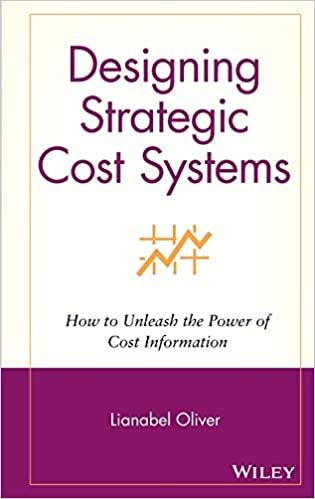

In the lecture, we discussed this regression output from Breunig et al. (2017) which provides evidence on the labour market consequences of immigration in Australia: TABLE 3 Estimated Values of 0 from Equation (1): SIH, Selected Subsamples Log annual earnings Log weekly earnings Log wage rate Weekly hours Participation rate Unemployment rate -0.848 (3.226) 0.131 (0.101) -0.037 (0.051) 8.112* (4.803) 0.209* (0.104) -0.039 (0.050) Male only 0.064 0.064 0.068 (0.164) (0.181) (0.196) Female only 0.155 0.153 -0.029 (0.184) (0.170) (0.203) All individuals with 15 years of experience or less 0 0.247 -0.082 -0.254 (0.332) (0.445) (0.406) Males with 15 years of experience or less 0 0.298 0.240 0.359 (0.222) (0.278) (0.398) Females with 15 years of experience or less e 0.071 -0.122 -0.038 (0.348) (0.354) (0.586) 3.465 (9.117) 0.175 (0.207) -0.098 (0.094) -5.202 (3.885) -0.049 (0.106) 0.033 (0.087) 7.417 (7.253) 0.100 (0.160) -0.189* (0.099) Notes: Models include full set of time dummies, education and experience fixed effects and full set of interactions. * indicates statistical significance at the 10% level. = The table shows results of the following regression: Yijt = Opijt + controls + Eijt, (1) where the unit of observation is the group of people with education level i and job market experience level j in year t. (b) (10 marks) Give a very short summary interpretation of the results presented in Table 3. Are these results consistent with one of the theoretical models we discussed in class? In your answer, explain what the theoretical model predicts, state the name of the particular prediction, and give a short intuition which key feature of the model is responsible for this result. In the lecture, we discussed this regression output from Breunig et al. (2017) which provides evidence on the labour market consequences of immigration in Australia: TABLE 3 Estimated Values of 0 from Equation (1): SIH, Selected Subsamples Log annual earnings Log weekly earnings Log wage rate Weekly hours Participation rate Unemployment rate -0.848 (3.226) 0.131 (0.101) -0.037 (0.051) 8.112* (4.803) 0.209* (0.104) -0.039 (0.050) Male only 0.064 0.064 0.068 (0.164) (0.181) (0.196) Female only 0.155 0.153 -0.029 (0.184) (0.170) (0.203) All individuals with 15 years of experience or less 0 0.247 -0.082 -0.254 (0.332) (0.445) (0.406) Males with 15 years of experience or less 0 0.298 0.240 0.359 (0.222) (0.278) (0.398) Females with 15 years of experience or less e 0.071 -0.122 -0.038 (0.348) (0.354) (0.586) 3.465 (9.117) 0.175 (0.207) -0.098 (0.094) -5.202 (3.885) -0.049 (0.106) 0.033 (0.087) 7.417 (7.253) 0.100 (0.160) -0.189* (0.099) Notes: Models include full set of time dummies, education and experience fixed effects and full set of interactions. * indicates statistical significance at the 10% level. = The table shows results of the following regression: Yijt = Opijt + controls + Eijt, (1) where the unit of observation is the group of people with education level i and job market experience level j in year t. (b) (10 marks) Give a very short summary interpretation of the results presented in Table 3. Are these results consistent with one of the theoretical models we discussed in class? In your answer, explain what the theoretical model predicts, state the name of the particular prediction, and give a short intuition which key feature of the model is responsible for this result








